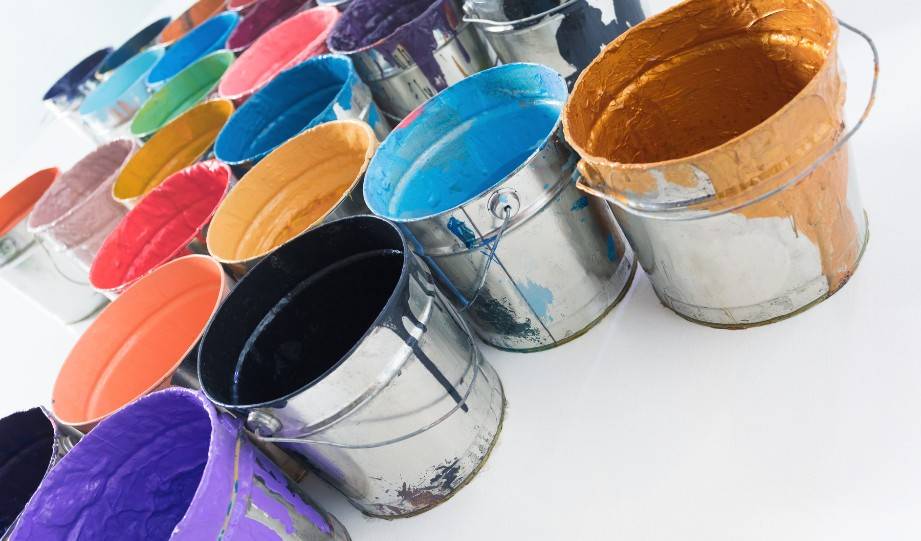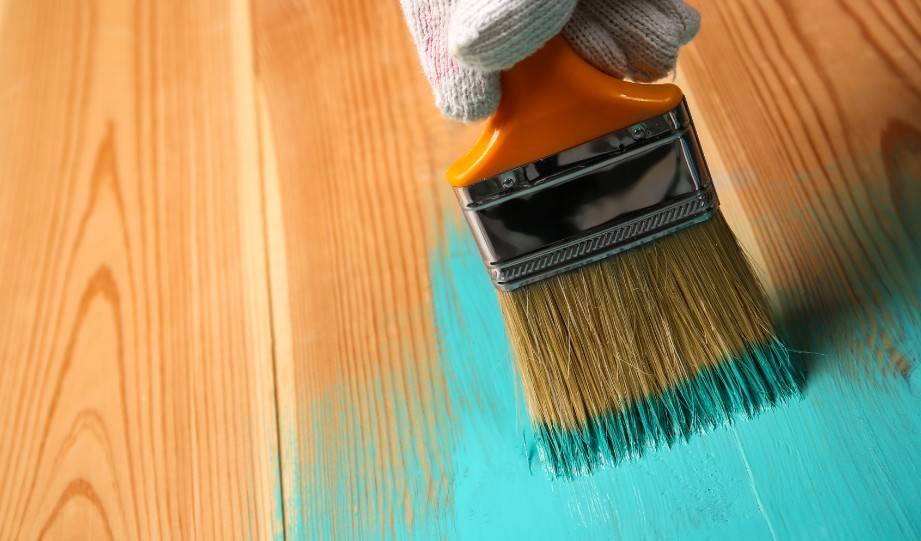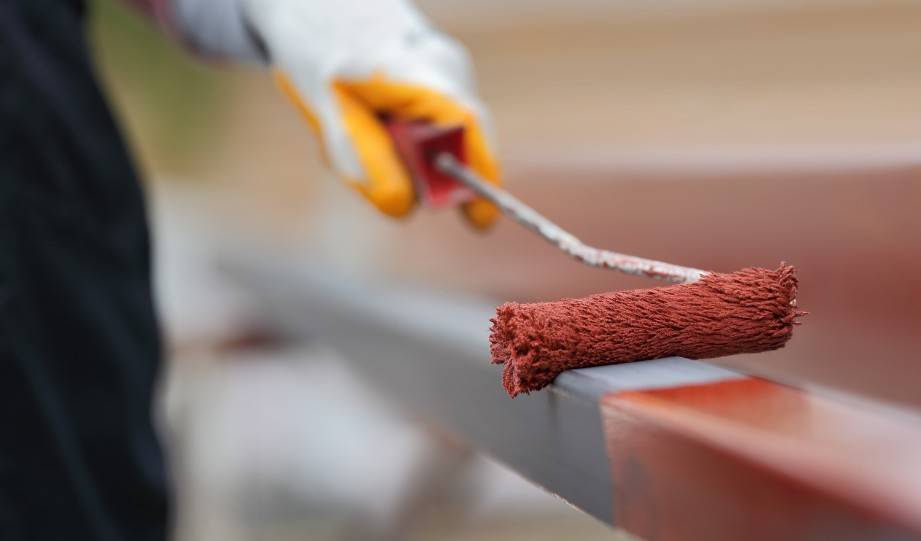Too little for the garage, too much for the dog house — would you throw it away, reuse, or recycle it? Find out what to do with leftover paint.

Since the dawn of time, people have used paint to send a message. In Roman times, purple was considered the color of emperors as it took 4 million mollusk shells to make just one pound of the precious paint. Some paint colors are known to improve the way we feel — red can help depressed people feel better, while green can relieve stress.
Today, we in the U.S. use more than 1.57 billion tons of paint each year. And unlike Michaelangelo, when we talk about the disposal of paint, we need to do it responsibly.
How to Dispose of Paint
Latex Paint
Hazardous waste disposal facilities don't accept latex paint so you need to dispose of it yourself.
You need to solidify it first, so it can’t seep into the ground or clog sewage drains.
Step 1
If there’s less than one inch of paint and the weather is hot, remove the lid and let the paint dry. Make sure you put it on a top shelf so neither kids nor pets can reach it.
Step 2
If there’s more paint left, mix it with the cat litter, sawdust, dirt, or shredded paper. Stir until it hardens and add more thickener if needed. Here’s a video on how to do that:
Step 3
When the material has completely thickened, you can dispose of it in the trash.
Oil-Based Paints
These paints contain VOCs that not only can trigger allergies and cause irritations and nausea when inhaled but are also harmful to the ozone layer. [1]
That’s why it’s a bad idea to leave the lid open to let oil-based paint dry.
Instead, as with latex paints, try to use the leftover paint for a small project, or donate to a community center, charity, or a place of worship. These organizations often work on projects with a limited budget and any extra supplies are more than welcome.
Oil-based and industrial paints are considered hazardous waste because they contain volatile organic compounds (VOCs) and flammable components.
Otherwise, oil-based paint is considered household hazardous waste so you need to take it to a disposal or drop-off center that takes household chemicals.
Industrial Paints
If you’re running a business that handles paint, you need to follow the environmental rules for hazardous waste.
There are also ways you can reduce the amount of wasted paint.
Step 1
Purchase only the amount you need for the job at hand.
Step 2
Make arrangements to return unopened and unused containers to your vendor.
Step 3
As with household paint, use leftovers for touch-up work or as a primer for another job.
Step 4
Combine leftover paint with other compatible tints and use it or donate to another organization that can use it.
Step 5
Finally, follow your state’s rules and get rid of your waste paint through an appropriate hazardous waste facility.
Where to Dispose of Paint
You can dispose of anyleftover household paint by bringing it to one of the drop-off locations near you.
Whether you’re in San Francisco or not, you can find those drop-off sites and recycling facilities that are nearest to you through GreenCitizen's Green Directory at the top of this page.
Another option if you’re in San Francisco CA is this interactive map of retail sites you can use. These stores will accept individual containers of up to 5 gallons of latex or oil-based paint, as well as varnish, lacquer, and wood finish.
Instead of going to a retail location, you can also bring all types of paints to the San Francisco Household Hazardous Waste Collection Facility, 501 Tunnel Ave, San Francisco, CA 94134, or schedule a free-home pickup.
Why Dispose of Paint Properly
You should always dispose of paint properly because it contains chemicals that can harm the environment and pose a risk to your health.
When disposing paint, you should never pour it down the drain or into the recycling bin for household waste.
Now latex paint isn't considered household hazardous waste, but listen to this — in the state of California, it is considered hazardous if you dispose of it improperly.
Water-based low- or zero-VOC paints may be safer than older generations of paints. However, paints may contain other chemicals such as binders, corrosion inhibitors, and preservatives that may contribute to their toxicological properties
Erin McCanlies, Epidemiologist at the CDC’s National Institute for Occupational Safety and Health
Oil-based and industrial paints, on the other hand, are considered hazardous waste because they contain enough volatile organic compounds (VOCs) and flammable components to drive the good people at EPA mad with worry.
FAQ
You can throw away only water-based latex paint. However, you shouldn’t trash liquid paint because it can still leak out and pollute the soil and water resources. Instead, make sure you thicken it first using cat litter, shredded paper, or sawdust. When throwing away, keep the lid off so the people picking up the trash know it’s been dried.
No, you can’t dispose of paint at Lowe’s. Because of different laws and regulations on paint recycling and disposal between the states, Lowe’s doesn't accept nor recycle old paint. However, you can return unused paint purchased at Lowe’s within 90 days. If you have to dispose of oil-based or industrial paint, use one of the recycling centers instead.
Conclusion
Some retail sites have paint disposal programs for individual containers of 5 gallons or less.
Acrylic paint isn’t considered household hazardous waste, so you just need to dry and thicken it before you dump it together with paint cans.
However, if you need to get rid of oil-based or industrial-grade paint, you can dispose of it responsibly by using our Green Directory to find a drop-off site nearest to you.
References
- https://err.ersjournals.com/content/24/135/92













It’s good to know that hazardous waste companies won’t take latex paint and dispose of it for you. My brother is trying to get rid of some hazardous materials this fall. He really needs to find a local company that can help him do it properly so that he doesn’t have to worry about accidentally doing things illegally.